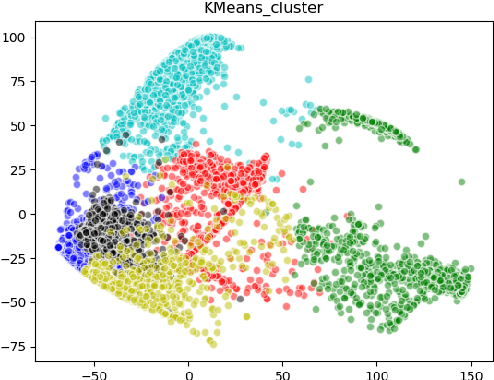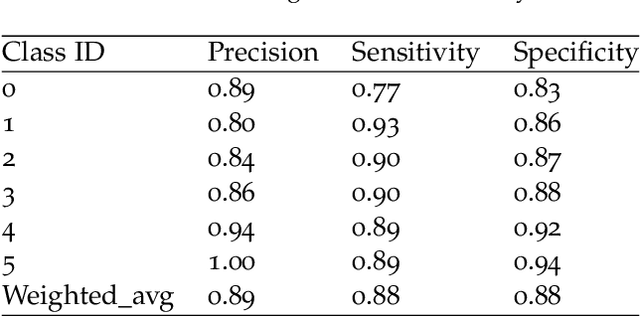Wuteng Qi
An Adaptive Enhancement Based Hybrid CNN Model for Digital Dental X-ray Positions Classification
May 01, 2020



Abstract:Analysis of dental radiographs is an important part of the diagnostic process in daily clinical practice. Interpretation by an expert includes teeth detection and numbering. In this project, a novel solution based on adaptive histogram equalization and convolution neural network (CNN) is proposed, which automatically performs the task for dental x-rays. In order to improve the detection accuracy, we propose three pre-processing techniques to supplement the baseline CNN based on some prior domain knowledge. Firstly, image sharpening and median filtering are used to remove impulse noise, and the edge is enhanced to some extent. Next, adaptive histogram equalization is used to overcome the problem of excessive amplification noise of HE. Finally, a multi-CNN hybrid model is proposed to classify six different locations of dental slices. The results showed that the accuracy and specificity of the test set exceeded 90\%, and the AUC reached 0.97. In addition, four dentists were invited to manually annotate the test data set (independently) and then compare it with the labels obtained by our proposed algorithm. The results show that our method can effectively identify the X-ray location of teeth.
A cascade network for Detecting COVID-19 using chest x-rays
May 01, 2020



Abstract:The worldwide spread of pneumonia caused by a novel coronavirus poses an unprecedented challenge to the world's medical resources and prevention and control measures. Covid-19 attacks not only the lungs, making it difficult to breathe and life-threatening, but also the heart, kidneys, brain and other vital organs of the body, with possible sequela. At present, the detection of COVID-19 needs to be realized by the reverse transcription-polymerase Chain Reaction (RT-PCR). However, many countries are in the outbreak period of the epidemic, and the medical resources are very limited. They cannot provide sufficient numbers of gene sequence detection, and many patients may not be isolated and treated in time. Given this situation, we researched the analytical and diagnostic capabilities of deep learning on chest radiographs and proposed Cascade-SEMEnet which is cascaded with SEME-ResNet50 and SEME-DenseNet169. The two cascade networks of Cascade - SEMEnet both adopt large input sizes and SE-Structure and use MoEx and histogram equalization to enhance the data. We first used SEME-ResNet50 to screen chest X-ray and diagnosed three classes: normal, bacterial, and viral pneumonia. Then we used SEME-DenseNet169 for fine-grained classification of viral pneumonia and determined if it is caused by COVID-19. To exclude the influence of non-pathological features on the network, we preprocessed the data with U-Net during the training of SEME-DenseNet169. The results showed that our network achieved an accuracy of 85.6\% in determining the type of pneumonia infection and 97.1\% in the fine-grained classification of COVID-19. We used Grad-CAM to visualize the judgment based on the model and help doctors understand the chest radiograph while verifying the effectivene.
 Add to Chrome
Add to Chrome Add to Firefox
Add to Firefox Add to Edge
Add to Edge